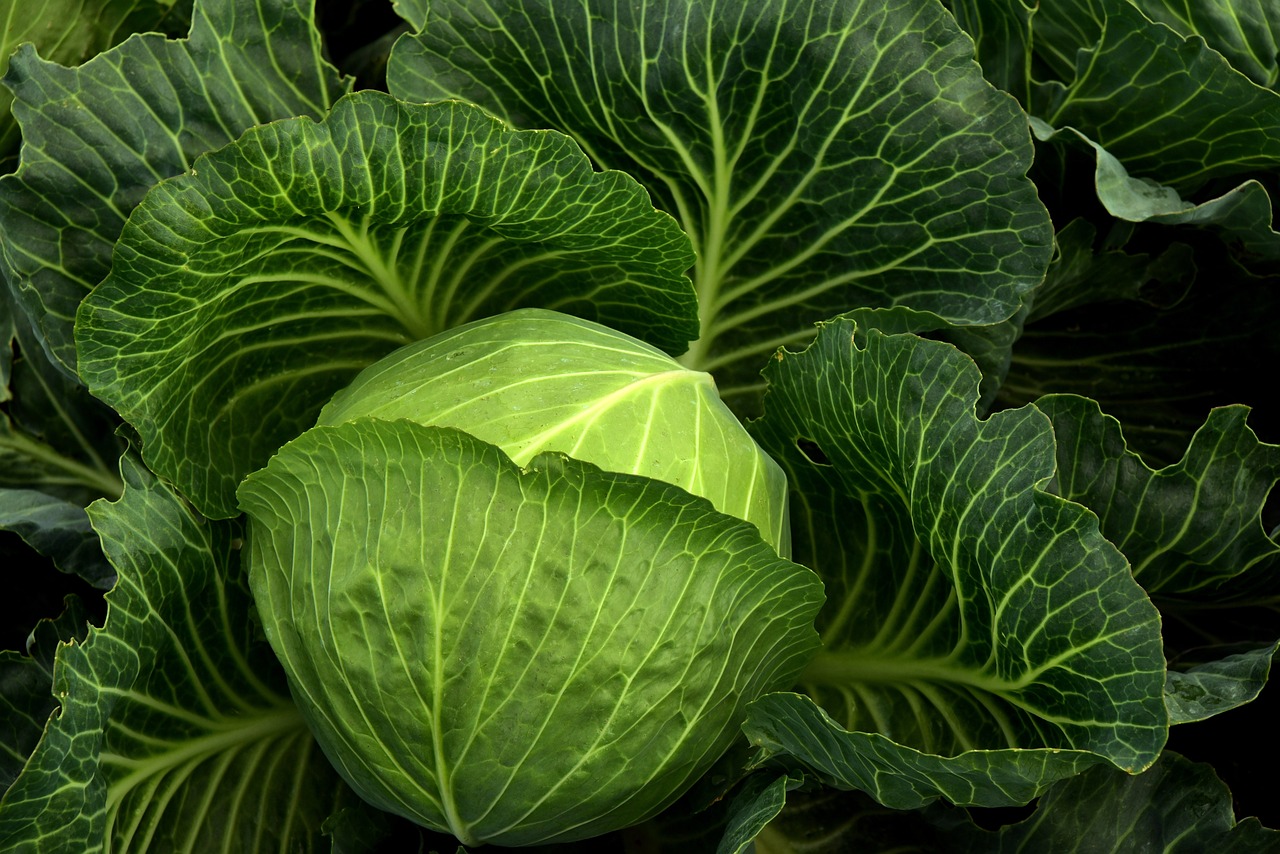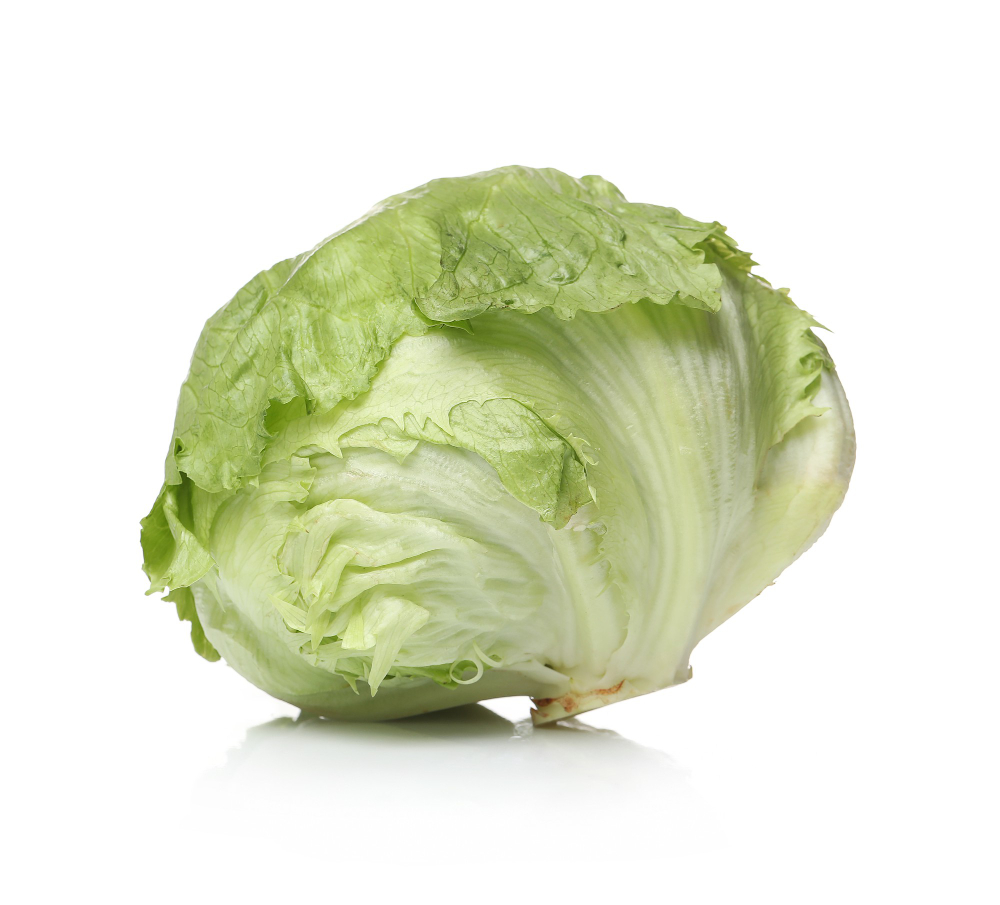
Cabbage is a versatile and adaptable vegetable used in creating delicious cuisines like coleslaw, stir-fries, and more. However, this popular vegetable can go bad and it may be challenging to know when it’s gone bad. Knowing how to preserve cabbage is an excellent way to enjoy its crispness and nutritional benefits for a long period.
By employing methods like dehydrating, pickling, or refrigerating, you can lock in the vibrant flavours and textures of cabbage while preserving its valuable nutrients. In this guide, we will explore proven methods to preserve cabbage and savour its freshness long after harvest or purchase.
4 Methods on How to Preserve Cabbage
If you have cabbage at home, whether it’s from your garden or store-bought, these preservation methods are helpful in preservation. Before going on how to preserve cabbage, you need to check for spoilage. To determine if cabbage is bad, look for slime, bad odour, or limpness. Always wash your hands, remove damaged leaves, cut out the core, and rinse the leaves thoroughly before preserving your fresh cabbage with the following methods:
1. Refrigerating
Refrigerating is one of the common ways to preserve cabbage for a long time and with very simple steps. Wrap the cabbage in plastic wrap and put it in a plastic bag. Keep it in the refrigerator at a temperature of 5°C or lower. This keeps the cabbage fresh for weeks. Another way is by using the crisper drawer. It helps preserve cabbage for a long period, keeping it crisp and fresh for about a couple of months.
You can also freeze your cabbage to preserve them. Begin by washing it and cutting it into wedges. Blanch the wedges with boiling water for around 90 seconds, then shock them in an ice bath and dry them off. Lay the wedges on a baking sheet in a single layer and flash freeze before transferring them to a freezer-safe bag. Freeze for up to nine months and when in need, thaw by leaving them in the fridge overnight.
2. Pickling – How to Preserve Cabbage
For long-term cabbage storage, pickling is a great option, especially if you are looking for how to preserve cabbage in a tasty way. Pickled cabbage, known as sauerkraut, adds tanginess to dishes like hot dogs. This preservation method involves fermenting cabbage with bacteria converting sugars into lactic acid.
First, you wash, rinse, and dry canning jars and also your cabbage. Quarter your cabbage, remove the core and slice it into thin ribbons. Massage your cabbage with salt and caraway seed for 10 minutes. This should release a good amount of liquid. Pack your cabbage into your canning jars and pour the liquid over it. Submerge cabbage so it is fully covered by the liquid and seal. Ferment cabbage for 3-10 days at room temperature and store sauerkraut in the fridge for up to two months.

3. Dehydration
Drying fruits and vegetables is a safe way to keep them fresh and healthy. However, you’ll need a machine that removes the moisture from the food. Fortunately, there are many inexpensive machines available for purchase.
To dry your cabbage, remove the outer leaves, cut the cabbage into four pieces, and wash them with cold water. In this method, you don’t need to blanch the vegetables before drying them. Place the cabbage pieces on the trays of the drying machine, making sure they are close together but not touching. Dry them at a temperature of 57°C for about eight to ten hours. Leave the dried cabbage overnight and then pack them in sealable plastic bags.
4. Canning
Canning is the preferred method and best way to preserve cabbage for home gardeners. However, canning cabbage may cause slight discolouration, but it is safe to consume. To can, first wash your cabbage and halve the head and halve each half again. Rinse the cabbage wedges under cold water. Blanching is necessary before canning. Therefore blanch the wedges with boiling water for around 90 seconds, then shock them in an ice bath and dry them off on paper towels. Blanching helps retain nutrients and ensures the vegetable’s integrity during canning.
Now it’s time to begin the canning process! First slice onions, hot peppers, and cabbage wedges into bite-sized pieces. Place the vegetables in a large pot with enough water to cover them. Cook until the vegetables are soft yet slightly firm, around 15 minutes. Spoon the cabbage with its liquid into canning jars, leaving an inch of headspace. Press down the cabbage and tap the jars gently on the counter to remove air bubbles. Secure the lids tightly on the jars and place them in a pressure cooker. Process the jars at 4.5 kg of pressure for 25 minutes. Lay a dish towel on the counter. Transfer the jars from the canner to the dish towel. Let them sit undisturbed for 24 hours.
Conclusion – How to Preserve Cabbage
Preserving your fresh cabbage is a delightful way to enjoy its flavours. While coleslaw is delicious, it doesn’t stay fresh for long. Many people struggle with how to preserve cabbage, unaware of the numerous healthy and tasty options available. When faced with an abundance of cabbage, it can be challenging to think of ways to preserve it. We encourage you to explore the preservation techniques mentioned here and discover your new favourite.
By preserving cabbage, you can retain its nutrients and make healthier choices compared to processed foods. If you’re excited about providing your family with delicious dinner options, try these cabbage preservation methods using produce from Fruit Garden. You can also message us on Instagram for different types of preserved fruits and vegetables. We are always available for nationwide door-to-door delivery.















 Home
Home  Whishlist
Whishlist  Compare
Compare  Checkout
Checkout
best way to take advantage to innovate, learn and consult producers at different level.